Hardening Desktop Operating Systems in Security-Conscious Organizations
The hardening of desktop operating systems stands as a critical yet often overlooked cornerstone for protecting an organization's sensitive data. As the digital fortress guarding against a myriad of threats, a well-hardened system can be the difference between safeguarded secrets and catastrophic data breaches. This blog delves into the history and importance of desktop OS hardening within security-conscious organizations, spotlighting the contrast between user experience-driven defaults, the imperative for robust security configurations, and current best practices and sources of recommendations.
The Dilemma of Default Settings
At the heart of the challenge is an inconvenient truth: desktop operating systems, be it Windows, macOS, or Linux, are primarily optimized for user experience rather than impenetrable security. From automatic logins to lax firewall policies and outdated software, these default settings serve convenience at the expense of security, leaving systems vulnerably open to exploitation.
The Proactive Path to Security
To combat these vulnerabilities, security practitioners must embark on a proactive journey of hardening, entailing:
- Changing Defaults: Align configurations with security best practices by disabling automatic logins and enforcing idle lockouts.
- Minimizing Attack Surfaces: Disable non-essential services and features to thwart potential entry points for attackers.
- Ensuring Regular Updates: Keep the OS and applications updated with the latest security patches to mend known vulnerabilities.
- Implementing Security Measures: Bolster defenses with firewalls, antivirus software, and more.
The Evolution of Hardening Standards
The pursuit of desktop OS hardening has given rise to various standards and benchmarks, each contributing its unique blueprint for securing systems. Notable among these are the CIS Benchmarks, DISA STIGs, DoD recommendations, BSI SiSyPHuS, and NIST guidelines, including the NIST SP 800-219. Here's an overview of when these standards emerged and their significance:
Current Approaches to Desktop OS Hardening
Today, security-conscious organizations employ various approaches to harden their desktop operating systems. These include:
- Baseline Configuration: Establishing a secure baseline configuration for all desktop systems, ensuring consistent security settings across the organization.
- Least Privilege Principle: Implementing the principle of least privilege, granting users only the permissions and access rights necessary to perform their tasks.
- Regular Updates and Patches: Keeping operating systems and applications up to date with the latest security patches and updates to address known vulnerabilities.
- Application Whitelisting: Restricting the execution of unauthorized software by implementing application whitelisting policies.
- Continuous Monitoring and Auditing: Regularly monitoring and auditing desktop systems to detect and respond to security events and anomalies.
CIS Benchmarks: Essential Recommendations for macOS and Windows
The Center for Internet Security (CIS) provides comprehensive benchmarks for various operating systems, including macOS and Windows. These benchmarks offer a set of best practices and recommendations to enhance the security posture of desktop systems. Let's take a closer look at some key recommendations:
The CIS Windows benchmark recommendations are dated, but still correct, in that all of them are the default configuration for Windows. Additional Windows hardening steps can include:
Implementing and continuously verifying these recommendations is crucial for organizations to safeguard their valuable data and resources. By hardening desktop operating systems prior to granting access to sensitive information, organizations can significantly reduce the risk of security breaches and unauthorized access.
Why Continuous Verification Matters
In the ever-evolving landscape of cybersecurity threats, continuous verification of these hardening measures is paramount. Prior to granting access to an organization's crown jewels—its most valued applications and data—ensuring that these safeguards are not only implemented but also maintained is crucial. This ongoing vigilance protects against emerging threats and reinforces an organization's defense posture.
Conclusion:
The journey toward securing desktop operating systems is a balancing act between ensuring an optimal user experience and maintaining airtight security. Security practitioners are responsible for navigating this balance, advocating for secure defaults while engaging with vendors and the cybersecurity community.
However, even with the most diligent hardening efforts, there is always a degree of uncertainty about the true security posture of endpoints. This is where Beyond Identity's Zero Trust Authentication with Device360 capabilities comes into play. Designed to address the inherent limitations of traditional hardening approaches, this solution allows organizations to adopt a zero-assumptions model for the security of all their devices.
By leveraging Device360, organizations can strictly enforce exact policy verification of each security detail at every authentication attempt and continuously throughout the lifetime of any session. This granular, real-time visibility and control ensures that only devices meeting the most stringent security requirements are granted access to sensitive resources.
Learn more about Device360 and book a demo today to get started on your path to more proactive security.
The hardening of desktop operating systems stands as a critical yet often overlooked cornerstone for protecting an organization's sensitive data. As the digital fortress guarding against a myriad of threats, a well-hardened system can be the difference between safeguarded secrets and catastrophic data breaches. This blog delves into the history and importance of desktop OS hardening within security-conscious organizations, spotlighting the contrast between user experience-driven defaults, the imperative for robust security configurations, and current best practices and sources of recommendations.
The Dilemma of Default Settings
At the heart of the challenge is an inconvenient truth: desktop operating systems, be it Windows, macOS, or Linux, are primarily optimized for user experience rather than impenetrable security. From automatic logins to lax firewall policies and outdated software, these default settings serve convenience at the expense of security, leaving systems vulnerably open to exploitation.
The Proactive Path to Security
To combat these vulnerabilities, security practitioners must embark on a proactive journey of hardening, entailing:
- Changing Defaults: Align configurations with security best practices by disabling automatic logins and enforcing idle lockouts.
- Minimizing Attack Surfaces: Disable non-essential services and features to thwart potential entry points for attackers.
- Ensuring Regular Updates: Keep the OS and applications updated with the latest security patches to mend known vulnerabilities.
- Implementing Security Measures: Bolster defenses with firewalls, antivirus software, and more.
The Evolution of Hardening Standards
The pursuit of desktop OS hardening has given rise to various standards and benchmarks, each contributing its unique blueprint for securing systems. Notable among these are the CIS Benchmarks, DISA STIGs, DoD recommendations, BSI SiSyPHuS, and NIST guidelines, including the NIST SP 800-219. Here's an overview of when these standards emerged and their significance:
Current Approaches to Desktop OS Hardening
Today, security-conscious organizations employ various approaches to harden their desktop operating systems. These include:
- Baseline Configuration: Establishing a secure baseline configuration for all desktop systems, ensuring consistent security settings across the organization.
- Least Privilege Principle: Implementing the principle of least privilege, granting users only the permissions and access rights necessary to perform their tasks.
- Regular Updates and Patches: Keeping operating systems and applications up to date with the latest security patches and updates to address known vulnerabilities.
- Application Whitelisting: Restricting the execution of unauthorized software by implementing application whitelisting policies.
- Continuous Monitoring and Auditing: Regularly monitoring and auditing desktop systems to detect and respond to security events and anomalies.
CIS Benchmarks: Essential Recommendations for macOS and Windows
The Center for Internet Security (CIS) provides comprehensive benchmarks for various operating systems, including macOS and Windows. These benchmarks offer a set of best practices and recommendations to enhance the security posture of desktop systems. Let's take a closer look at some key recommendations:
The CIS Windows benchmark recommendations are dated, but still correct, in that all of them are the default configuration for Windows. Additional Windows hardening steps can include:
Implementing and continuously verifying these recommendations is crucial for organizations to safeguard their valuable data and resources. By hardening desktop operating systems prior to granting access to sensitive information, organizations can significantly reduce the risk of security breaches and unauthorized access.
Why Continuous Verification Matters
In the ever-evolving landscape of cybersecurity threats, continuous verification of these hardening measures is paramount. Prior to granting access to an organization's crown jewels—its most valued applications and data—ensuring that these safeguards are not only implemented but also maintained is crucial. This ongoing vigilance protects against emerging threats and reinforces an organization's defense posture.
Conclusion:
The journey toward securing desktop operating systems is a balancing act between ensuring an optimal user experience and maintaining airtight security. Security practitioners are responsible for navigating this balance, advocating for secure defaults while engaging with vendors and the cybersecurity community.
However, even with the most diligent hardening efforts, there is always a degree of uncertainty about the true security posture of endpoints. This is where Beyond Identity's Zero Trust Authentication with Device360 capabilities comes into play. Designed to address the inherent limitations of traditional hardening approaches, this solution allows organizations to adopt a zero-assumptions model for the security of all their devices.
By leveraging Device360, organizations can strictly enforce exact policy verification of each security detail at every authentication attempt and continuously throughout the lifetime of any session. This granular, real-time visibility and control ensures that only devices meeting the most stringent security requirements are granted access to sensitive resources.
Learn more about Device360 and book a demo today to get started on your path to more proactive security.
The hardening of desktop operating systems stands as a critical yet often overlooked cornerstone for protecting an organization's sensitive data. As the digital fortress guarding against a myriad of threats, a well-hardened system can be the difference between safeguarded secrets and catastrophic data breaches. This blog delves into the history and importance of desktop OS hardening within security-conscious organizations, spotlighting the contrast between user experience-driven defaults, the imperative for robust security configurations, and current best practices and sources of recommendations.
The Dilemma of Default Settings
At the heart of the challenge is an inconvenient truth: desktop operating systems, be it Windows, macOS, or Linux, are primarily optimized for user experience rather than impenetrable security. From automatic logins to lax firewall policies and outdated software, these default settings serve convenience at the expense of security, leaving systems vulnerably open to exploitation.
The Proactive Path to Security
To combat these vulnerabilities, security practitioners must embark on a proactive journey of hardening, entailing:
- Changing Defaults: Align configurations with security best practices by disabling automatic logins and enforcing idle lockouts.
- Minimizing Attack Surfaces: Disable non-essential services and features to thwart potential entry points for attackers.
- Ensuring Regular Updates: Keep the OS and applications updated with the latest security patches to mend known vulnerabilities.
- Implementing Security Measures: Bolster defenses with firewalls, antivirus software, and more.
The Evolution of Hardening Standards
The pursuit of desktop OS hardening has given rise to various standards and benchmarks, each contributing its unique blueprint for securing systems. Notable among these are the CIS Benchmarks, DISA STIGs, DoD recommendations, BSI SiSyPHuS, and NIST guidelines, including the NIST SP 800-219. Here's an overview of when these standards emerged and their significance:
Current Approaches to Desktop OS Hardening
Today, security-conscious organizations employ various approaches to harden their desktop operating systems. These include:
- Baseline Configuration: Establishing a secure baseline configuration for all desktop systems, ensuring consistent security settings across the organization.
- Least Privilege Principle: Implementing the principle of least privilege, granting users only the permissions and access rights necessary to perform their tasks.
- Regular Updates and Patches: Keeping operating systems and applications up to date with the latest security patches and updates to address known vulnerabilities.
- Application Whitelisting: Restricting the execution of unauthorized software by implementing application whitelisting policies.
- Continuous Monitoring and Auditing: Regularly monitoring and auditing desktop systems to detect and respond to security events and anomalies.
CIS Benchmarks: Essential Recommendations for macOS and Windows
The Center for Internet Security (CIS) provides comprehensive benchmarks for various operating systems, including macOS and Windows. These benchmarks offer a set of best practices and recommendations to enhance the security posture of desktop systems. Let's take a closer look at some key recommendations:
The CIS Windows benchmark recommendations are dated, but still correct, in that all of them are the default configuration for Windows. Additional Windows hardening steps can include:
Implementing and continuously verifying these recommendations is crucial for organizations to safeguard their valuable data and resources. By hardening desktop operating systems prior to granting access to sensitive information, organizations can significantly reduce the risk of security breaches and unauthorized access.
Why Continuous Verification Matters
In the ever-evolving landscape of cybersecurity threats, continuous verification of these hardening measures is paramount. Prior to granting access to an organization's crown jewels—its most valued applications and data—ensuring that these safeguards are not only implemented but also maintained is crucial. This ongoing vigilance protects against emerging threats and reinforces an organization's defense posture.
Conclusion:
The journey toward securing desktop operating systems is a balancing act between ensuring an optimal user experience and maintaining airtight security. Security practitioners are responsible for navigating this balance, advocating for secure defaults while engaging with vendors and the cybersecurity community.
However, even with the most diligent hardening efforts, there is always a degree of uncertainty about the true security posture of endpoints. This is where Beyond Identity's Zero Trust Authentication with Device360 capabilities comes into play. Designed to address the inherent limitations of traditional hardening approaches, this solution allows organizations to adopt a zero-assumptions model for the security of all their devices.
By leveraging Device360, organizations can strictly enforce exact policy verification of each security detail at every authentication attempt and continuously throughout the lifetime of any session. This granular, real-time visibility and control ensures that only devices meeting the most stringent security requirements are granted access to sensitive resources.
Learn more about Device360 and book a demo today to get started on your path to more proactive security.

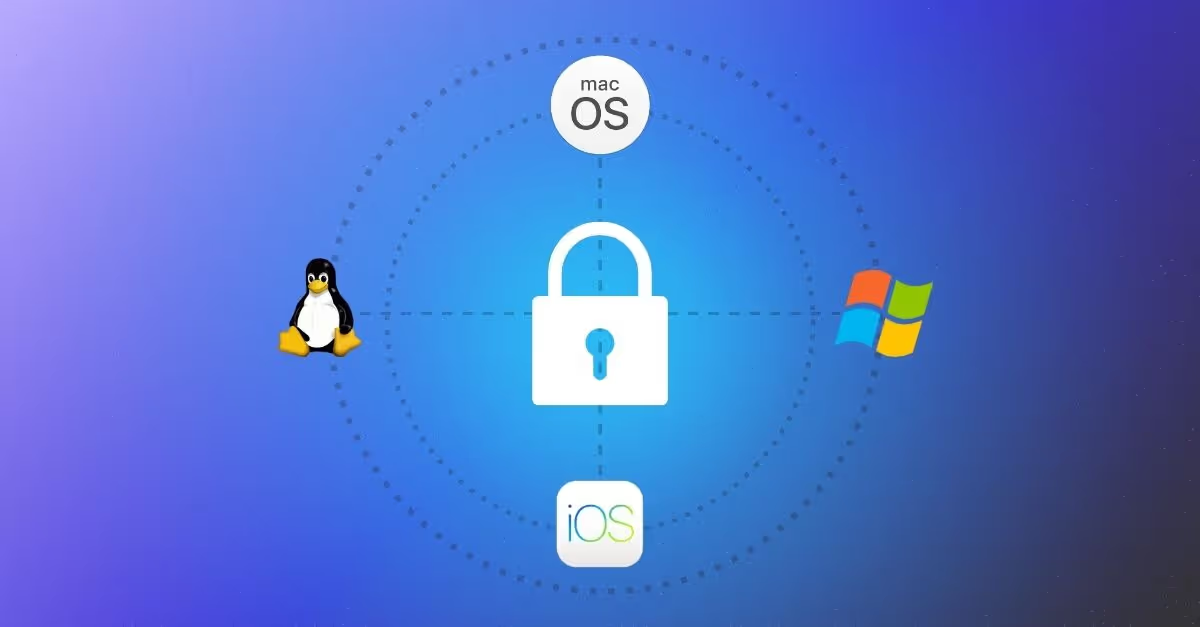







.avif)
.avif)
.avif)
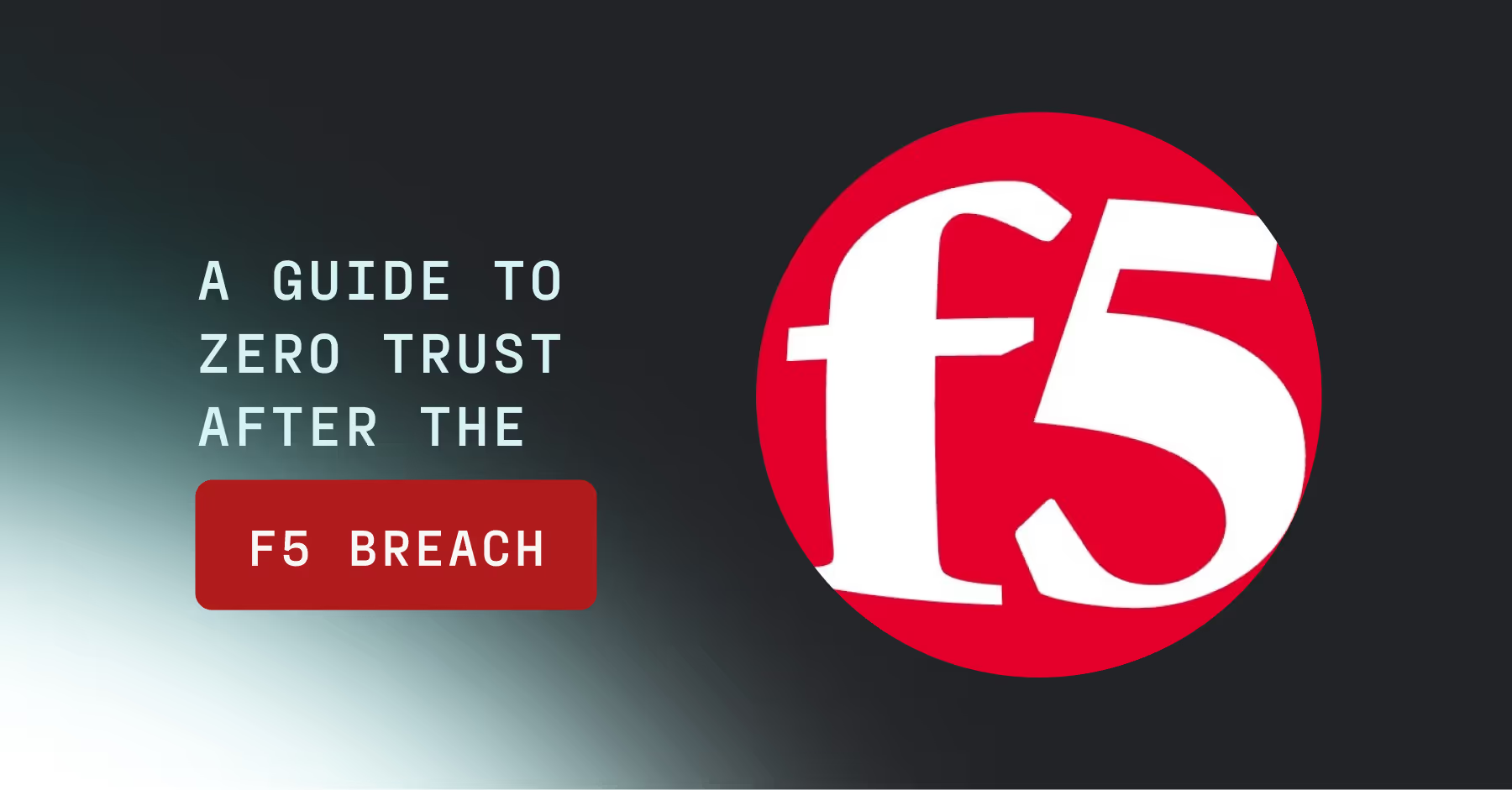
.avif)
.avif)


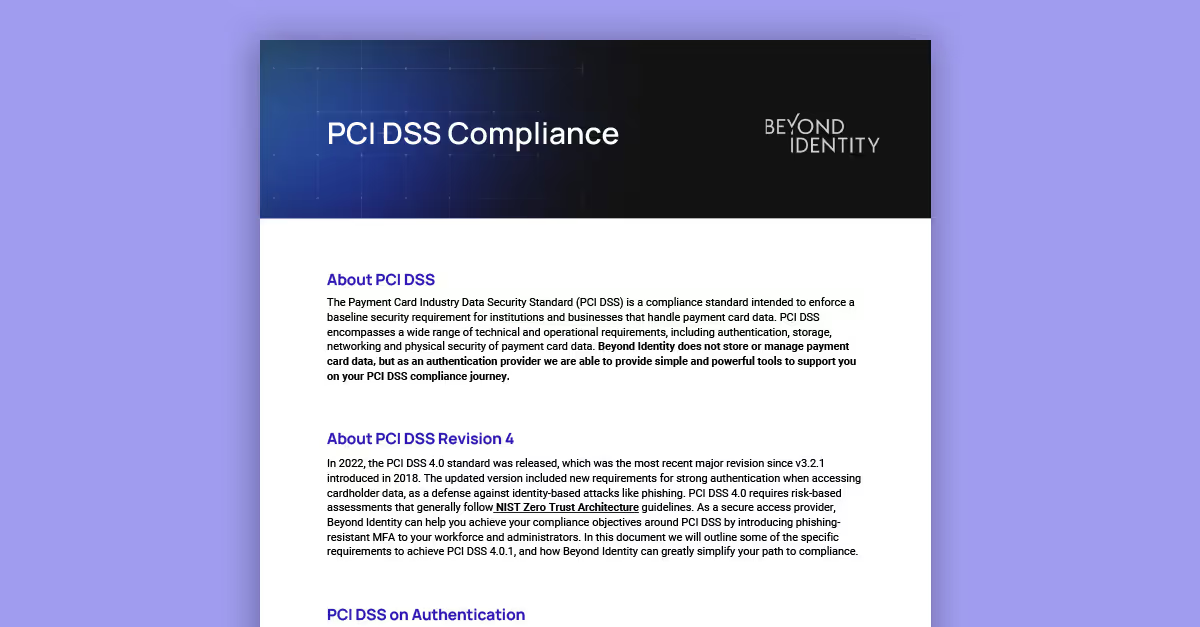
.avif)
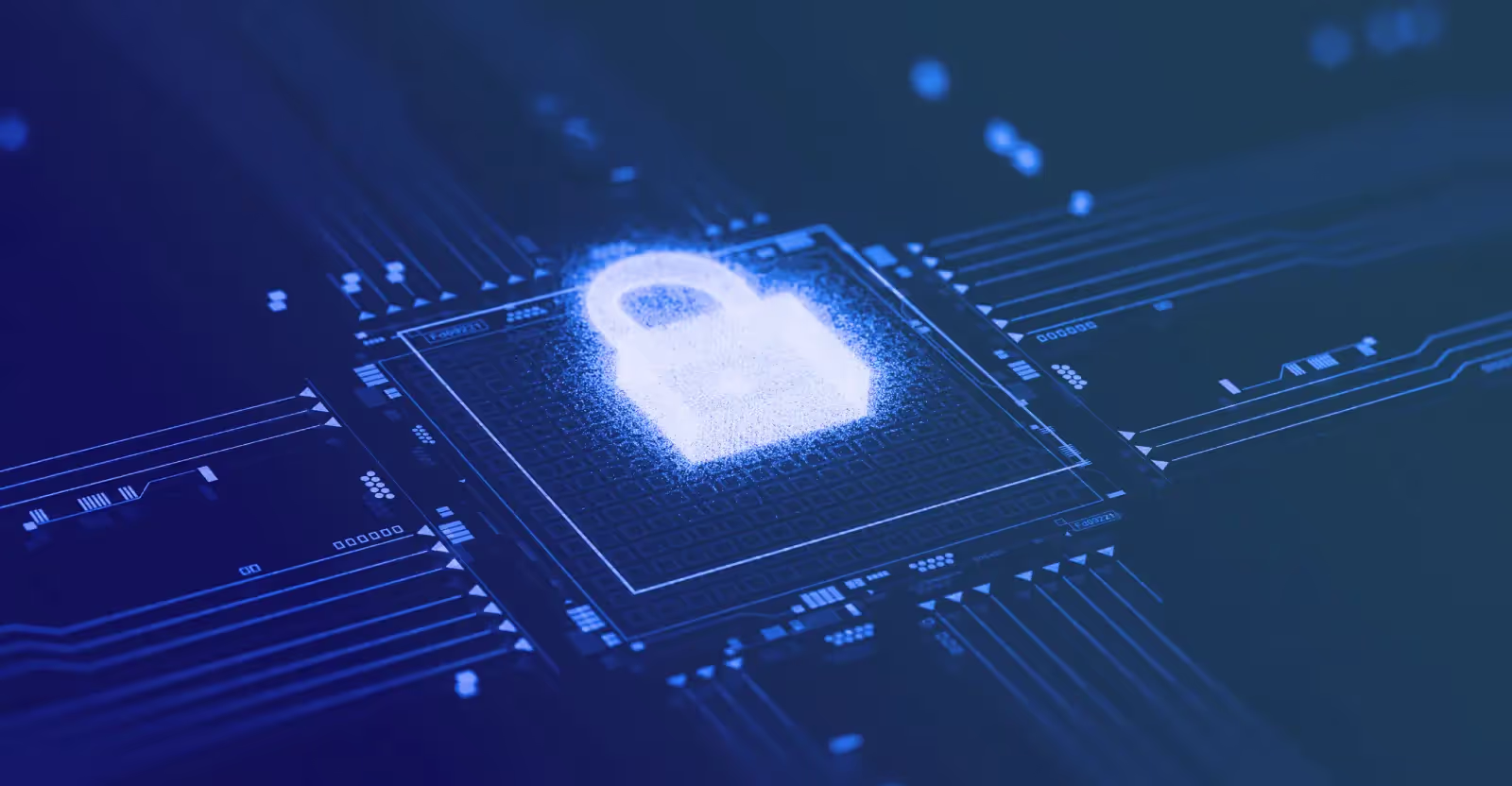
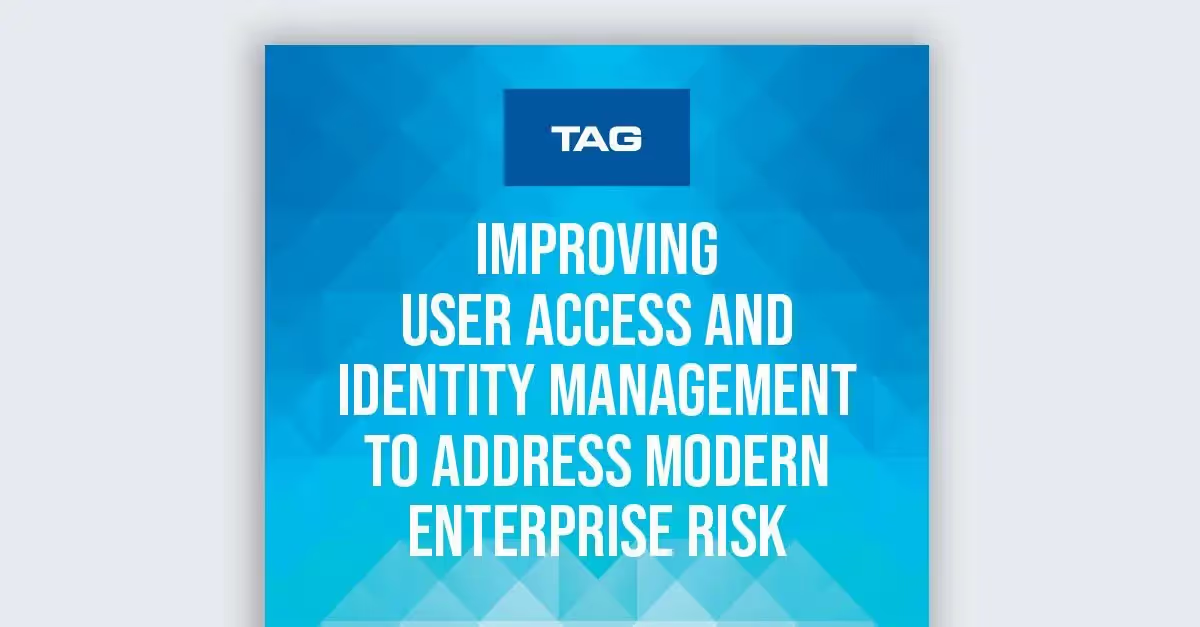




.avif)

